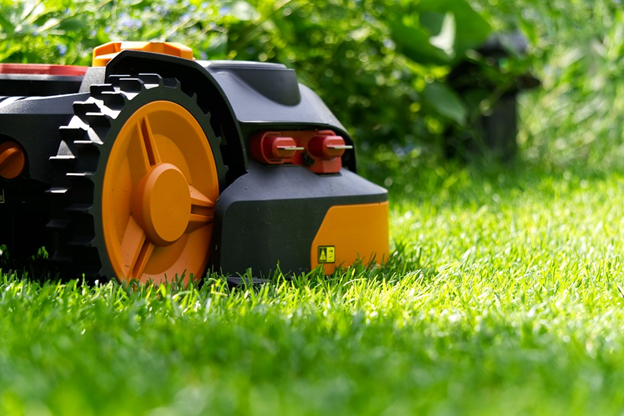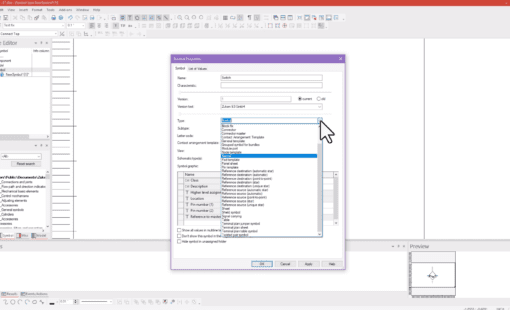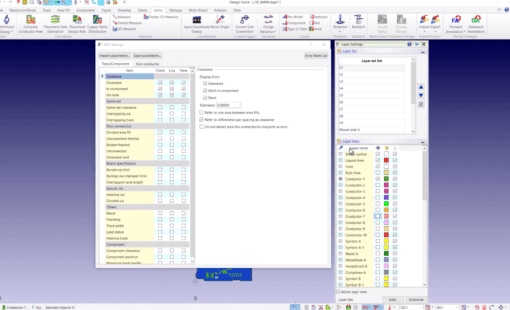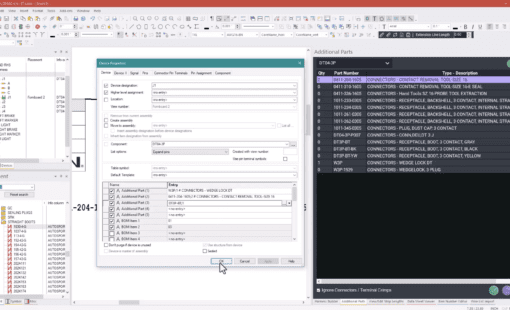Explore the diverse applications of robotics beyond the factory and how they impact our world.
Robotics has been a staple of science fiction for years, and many things that seemed like they could only exist in fantastical movies have become commonplace in real life. We have seen robotics robustly expand its real-world use cases recently in a factory or industrial setting, but its impact and usefulness extend well beyond material handling or welding.

Some robotics simply handle tedious, repetitive tasks that do not require human intervention, such as cleaning pools or vacuuming floors. Others can go into dangerous situations and environments to support and protect humans. Regardless of the application, the demand for robots outside the factory is steadily growing. Let’s take a look at some of our favorite applications!
Firefighting Robots and the Prioritizing Human Safety
In harmful or volatile environments (such as firefighting), robotics offers an excellent alternative for apparent safety and even cost reasons. The Emi Controls Fire Fighting Robot TAF35 mounts on compact equipment such as skid steer loaders, compact track loaders, or multi-terrain loaders. An operator remotely controlling the equipment can get within 300 ft of a fire while safely operating the remote-controlled firefighting turbine. The turbine propeller sprays atomized water as a fine mist that draws heat away from the fire, reducing its temperature and making it safer for firefighters to get closer.

This particular approach to firefighting works well in situations where overall space is limited, such as tunnel systems and subway shafts. Skid steers and track loaders provide the maneuverability needed to place the TAF35 where it needs to be, like what we see above in Figure 2.
When a much smaller platform is needed, or it is difficult for the operator to see, the Howe and Howe Thermite Fire Fighting Robot from Textron Systems is ideal. It is the first commercial firefighting robot sold in the United States. Unlike the TAF35, the Thermite is self-contained, has a low profile, and is mounted on a highly maneuverable track drive.
It also includes high-definition cameras for visual feedback to the remote operator to assist disaster responders with additional situational awareness in addition to its excellent fire suppression capabilities.
Tactical Robots
Continuing the theme of robots that protect humans from unsafe conditions, we can also look at robots such as the QinetiQ Talon medium-size tactical robot. Although it is often referred to as a bomb disposal robot, it is incredibly versatile–performing many different tasks that are highly dangerous and volatile, including the following:
- Improvised explosive device (IED)
- Explosive ordnance disposal (EOD)
- HAZMAT
- Reconnaissance
- Communications
- Defense
- Rescue
- CBRN (Chemical, Biological, Radiological, Nuclear) disasters
Similar to the other robots discussed thus far, it also has a track drive and is low profile; unlike the firefighting robots, however, it is capable of either remote or autonomous operation and can perform terrain mapping.
Robotics Cleaning Systems
Many readers are familiar with robotics in cleaning tasks, and many may already have a robotic vacuum in their homes. Probably the best-known robots in the cleaning category are the small robotic vacuums, mops, window cleaners, pool cleaners, grill cleaners, and lawnmowers (such as the one shown in Figure 3). As far as appearance goes, these are all a far cry from Rosie the Robot in the Jetsons television series of the 1960s, who had a more human appearance.

The defining visual features of these automated cleaners are their compact size, with vacuums having a diameter of up to 14 inches and a height of up to 4 inches. Their circular shape is also familiar, with some specialized cleaners (lawnmowers, window cleaners) being an exception.
One fascinating aspect of these robots is their use of simple machine vision and artificial intelligence for obstacle avoidance and detection and automated rerouting. Many of these robots also have optimization algorithms to clean quickly and efficiently.
There are also larger robots for cleaning floors, some of which have become a common sight at many big box stores in the United States. The Avidbot Neo 2 is an autonomous floor-scrubbing robot that goes beyond sweeping and mopping floors and actually sanitizes them. It can develop a highly efficient cleaning route based on the facility floor plan and has a suite of sensors that allow it to provide feedback for cleanliness goals.
Mobile Hygiene Robots and the Covid-19 Pandemic
The Covid-19 pandemic highlighted the need for mobile hygiene robots that could perform sanitization to support overworked hospital personnel and increase both their safety and that of the patients. One of the most effective solutions for non-contact cleaning is UV-C light which works as well for door handles and switches as it does for walls and counters.
Both the UVD Robot and DeKonBot from Fraunhofer IPA are fully autonomous, self-navigating sanitation robots that utilize UV-C light to thoroughly disinfect surfaces without requiring physical contact. These robots are highly effective: the UVD Robot can achieve a 99.99% reduction in bioburden. Because they use UV-C light, they reduce the chemicals required for sanitation and hygiene while making the air easier to breathe for those around.
Mobile hygiene robots are not just used in hospitals but can be found in schools, airports, retail stores, office spaces, and more.
Conclusion
From PCB Design products such as CR-8000 and eCADSTAR to the E3.series electrical engineering ecosystem filled with design tools for cables, harnesses, and more, Zuken has the tools needed to make the robotics we dreamed of as children into reality. Whether they are providing tactical support on the site of a disaster or protecting our frontline health workers from disease, Zuken is helping usher in the next generation of robotics use cases and applications.
Related Products and Resources

- Blog

- Blog

- Blog

- Blog

